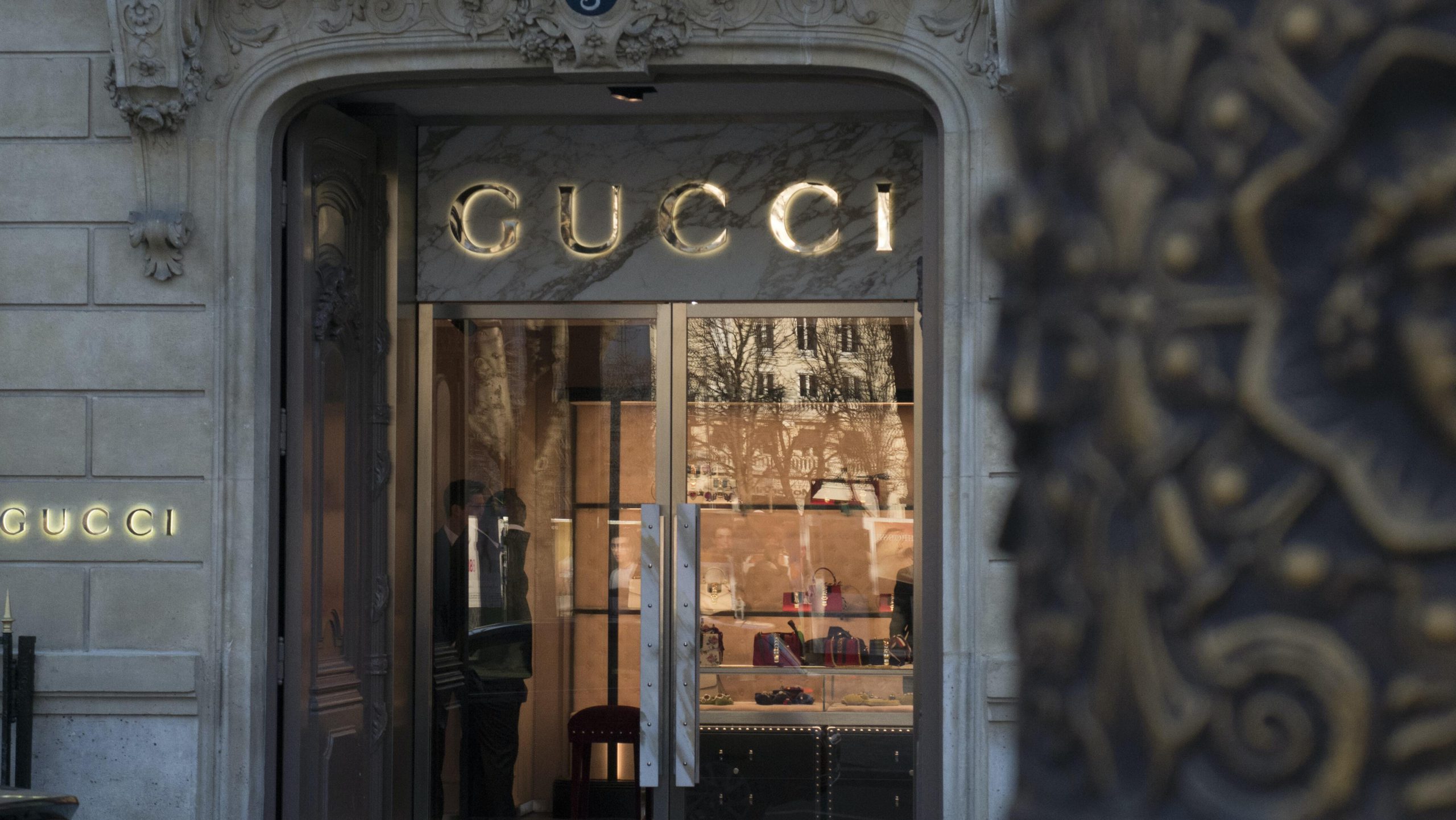正如我们在一篇文章中提到的 上一篇,几个顶级奢侈品牌正朝着更可持续的商业模式迈进。对于新一代消费者而言,可持续性是推动他们做出购买决定的关键因素。这不仅反映在他们的选择上,也反映在他们的行为和习惯上。
越来越多的消费者正在采用循环经济的做法,例如再利用和二手购买。这些概念是 Nanboya 的理念和商业模式的核心。我们明白奢侈品的生命周期很长,我们有责任确保它得到满足。这意味着购买以前喜爱的物品并为它们找到一个新家,在那里它们可以继续产生宝贵的回忆。参与这些实践可以让您以更可持续的方式享受奢华。
在本文中,我们将继续探索 Nanboya 交易的奢侈品牌的可持续发展实践,例如 Gucci、Yves Saint Laurent、Omega 和 Cartier。
古驰
The Italian fashion powerhouse is deeply committed to sustainability. As part of the Kering group, in 2017, they presented a 10-year plan to reduce their impact, and they have been following through. They have banned animal fur from all of their collections since 2018, and they guarantee the traceability of more than 95% of their raw materials.
他们还制定了一项以科学为基础的目标,以减少其温室气体排放,并制定了一项政策,以防止其供应链中的原生和濒危森林遭到砍伐。
欧米茄
欧米茄正在认真对待可持续发展,并在他们制造手表的方式上实施重要变革。 2018 年,他们在瑞典开设了一家最先进的工厂,旨在尽可能高效和环保。建筑物的屋顶装有 561 块光伏太阳能电池板,这些太阳能电池板可以产生清洁能源供应工厂。它还具有节能的室内气候控制系统。建筑的主要材料来自可持续的来源,例如当地的瑞士云杉。
伊夫圣罗兰
The French fashion house is also part of the Kering group, and it shares several sustainability policies. Following the group’s traceability focus on raw materials, they have developed two innovative projects around this topic. They trace all of their South African leather from farms to finished goods using laser technology. As for Mohair, they use blockchain to trace it back to its origin through a unique product fingerprint.
Like Gucci, they are also taking action to reduce their greenhouse emissions and protect endangered forests.
卡地亚
The jewellery giant has been committed to sustainability for a long time now: they have been climate-neutral since 2009, and they continue working to reduce their CO2 footprint. Also, they have an annual gold consumption of only 10 tons, and more than 90% is recycled. All of the diamonds they use in their jewellery have a conflict-free guarantee and comply with the Code of Conduct for Responsible Jewellery Practices.
看到世界各地越来越多的顶级奢侈品牌致力于可持续发展,这激发了巨大的希望。对我们来说,可持续性是我们 DNA 的一部分,也是我们做事方式的核心。我们希望激励人们将可持续性和再利用作为一种生活方式。




